Every year I write down in a notebook with the Little Prince on the cover all the books I read during that year. Usually, I mark with a heart and the letter J the books I would like my child to read later. I have most of the time a list of books I wanna read. It’s a never-ending list since I remove two-three books and add five more back 🙂 It is clear to me that I will die with an unfinished list of books to read. Half-year is gone already, so I thought I’d make a list with the books I liked the most from all I’ve read so far this year. The order is random.
- Elif Shafak – The forty rules of love
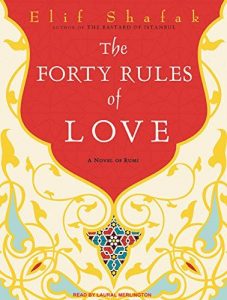
Elif Shafak is a writer of Turkish origin, lives in France and is the most widely read female novelist in Turkey. She is also a political commentator and supports TED conferences. The forty rules of love combine two stories, the story of Ella Rubinstein, a 40-year-old woman, mother of three children, with an unhappy marriage, and a story from the 13th century, representing the spiritual connection between the Persian poet Rumi and Shams of Tabiz, a Sufi dervish, wise and clairvoyant. The book presents two different worlds and two different types of love. In an alluring, oriental atmosphere, Shams presents the forty rules of love.
2. Alain de Botton – The course of love
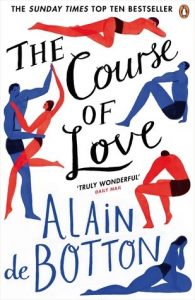
I am deeply in love with Alain de Botton, he got me since I have read Essays in love. I loved that book, it kept me awake for a few good nights after I read it. The course of love is somehow the continuation of the Essays in love. If The essays in love is about the stages of a relationship before marriage, The course of love is a natural continuity of love, it is the story of ups and downs between Kirsten and Rabih. I think many people in a relationship will find themselves in this book. It is a book about emotions, fears, confusions, psychological mechanisms and disappointment.
3. Yuval Noah Harari – Sapiens: A brief history of humankind

Sapiens showed me a new perspective on religion, made me see the human species differently than before. Yuval Harari wrote Sapiens at the age of 35. This gentleman is an Israeli historian and a professor in the Department of History at the Hebrew University of Jerusalem, he is gay and does not have a smartphone 🙂 Sapiens presents the evolution of Homo Sapiens from the Stone Age to the present century, going through four stages of evolution: the cognitive revolution (when Homo Sapiens developed its imagination), the agricultural revolution (the development of agriculture), the unification of mankind (the gradual consolidation of political organizations towards a global empire) and the scientific revolution (the emergence of science). The main idea of this book is that Sapiens came to dominate the world because it is the only animal that can cooperate flexibly in large numbers and that Sapiens has the ability to cooperate in large numbers because they believe in things existing only in the imagination, such as Gods, nations, money and human rights. After Sapiens, he wrote Homo Deus, a perspective of human beings just as interesting as Sapiens, but personally, I liked Sapiens much more.
4. Donna Tartt – Goldfinch
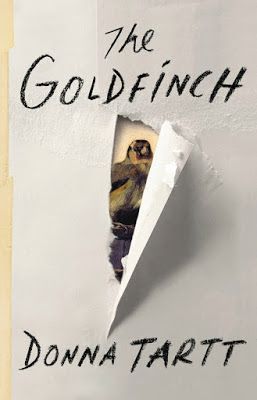
I wrote about The Goldfinch here.
5. Simon Sebag Montefiore – The Romanovs
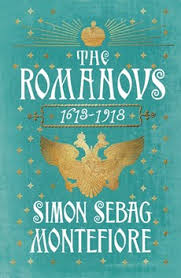
I am fascinated by all the stories about kings, queens and empires. Simon Sebag Montefiore talks about the 300 years of the Romanov dynasty, a period of brutality, sex and power. The 650 pages of the book captivate you with the rivalries, conspiracies and extravagance of imperial families. The story of more than twenty countries and countries will teach you about autocracy and the unwavering imperial ambition of the Russians.
6. Charles Bukovski – Women
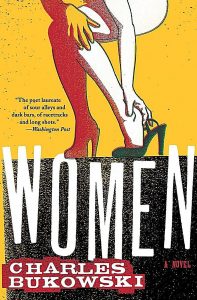
Women is a book with obscene language, is shocking, degrading, a book about whores, alcohol, about a lot of the fucking word. Henry Chinaski is a 50-year-old writer, addicted to alcohol and women, “a stupid townsman … a failed shit, full of splashes, who has nothing to offer,” as he describes himself. Although the book has comic-tragic situations here and there, it will shock you from the beginning to the end. I think only Pascal Bruckner’s Honeymoon shocked me as much as Women. It is not a book recommended for under the age of 18. If you manage to get over the obscene language, you will discover in Henry Chinaski an impressive character.
7. Simone de Beauvoir – Crisis in Moskow

Nicole and André are two university professors who go to Moscow, to visit Masha, André’s daughter from another marriage. During this trip, a marital crisis breaks out between the two. Crisis in Moscow describes the perception of life at the age of 60s, the need for love and communication especially now. The book is inspired by Simone de Beauvoir’s visits to the Soviet Union with Jean-Paul Sartre between 1962 and 1966.
8. Kathryn Wagner – Dancing for Degas
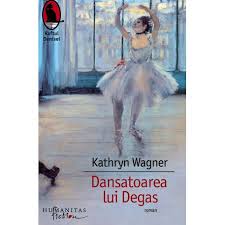
La Belle Epoque, Paris, painters, impressionism, everything that fascinates me the most, I found in this book. Alexandria is a poor girl from Espellete, a village near Paris, who has been passionate about ballet since she was a child. She becomes a ballerina at the Paris Opera, but behind the scenes she discovers another world, a world of the Green Chamber, a world of wealthy men who subscribe to take part in ballet rehearsals only to flirt with the ballerinas and accompany them to the locker room. which represents the life of a lorette. Thus, Alexandrie meets Edgar Degas, the painter whom she poses for hours and who becomes an impossible love for her. Towards the end of his life, when Degas’s vision deteriorates, he becomes more and more interested in sculpture for which the feeling of touch is enough. The painting on the cover of the book is called Dancer posing for a Photographer (Dancer in front of the window), is an oil painting on canvas from 1875 and is located in the Pushkin Art Museum in Moscow.

